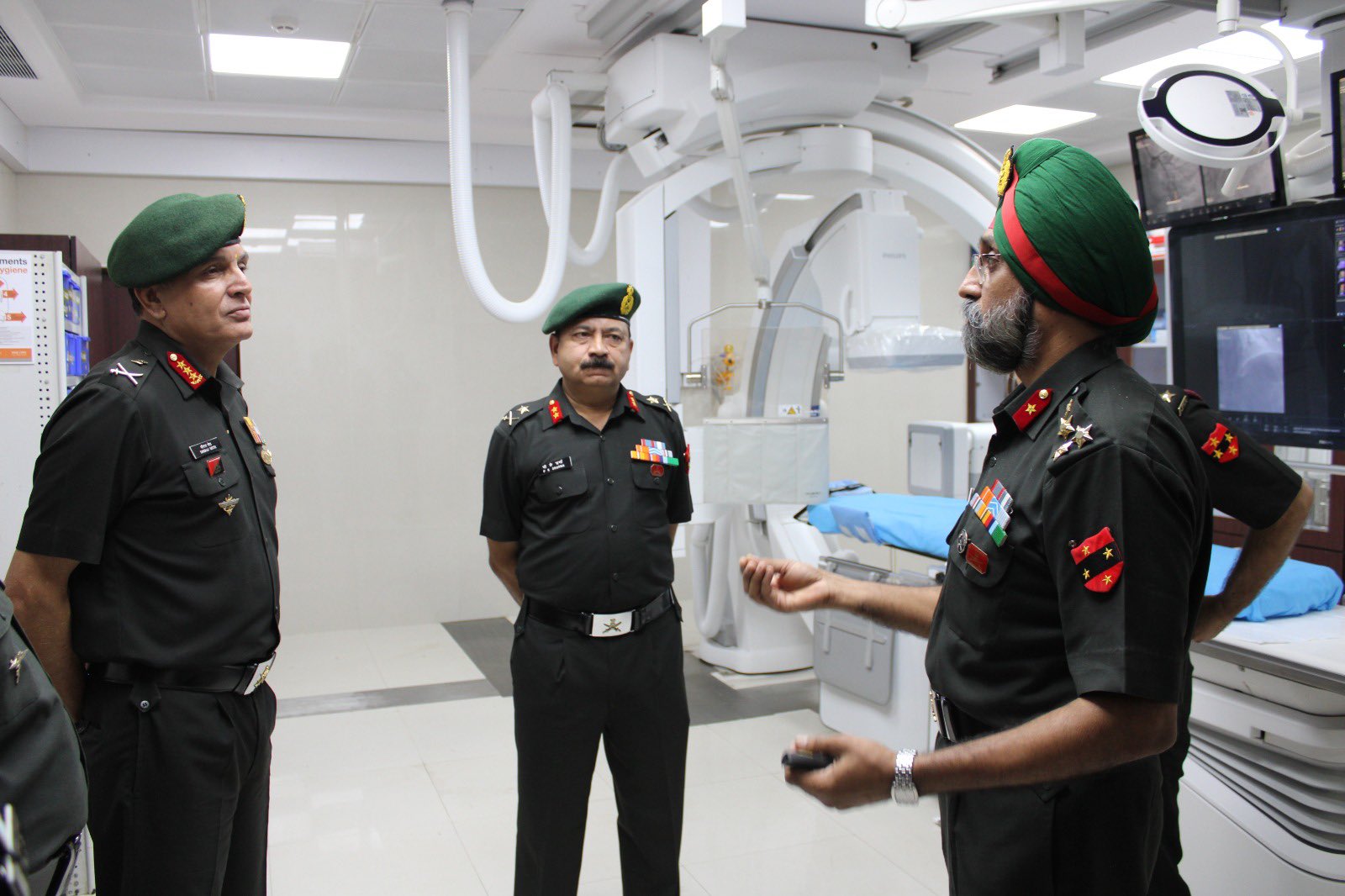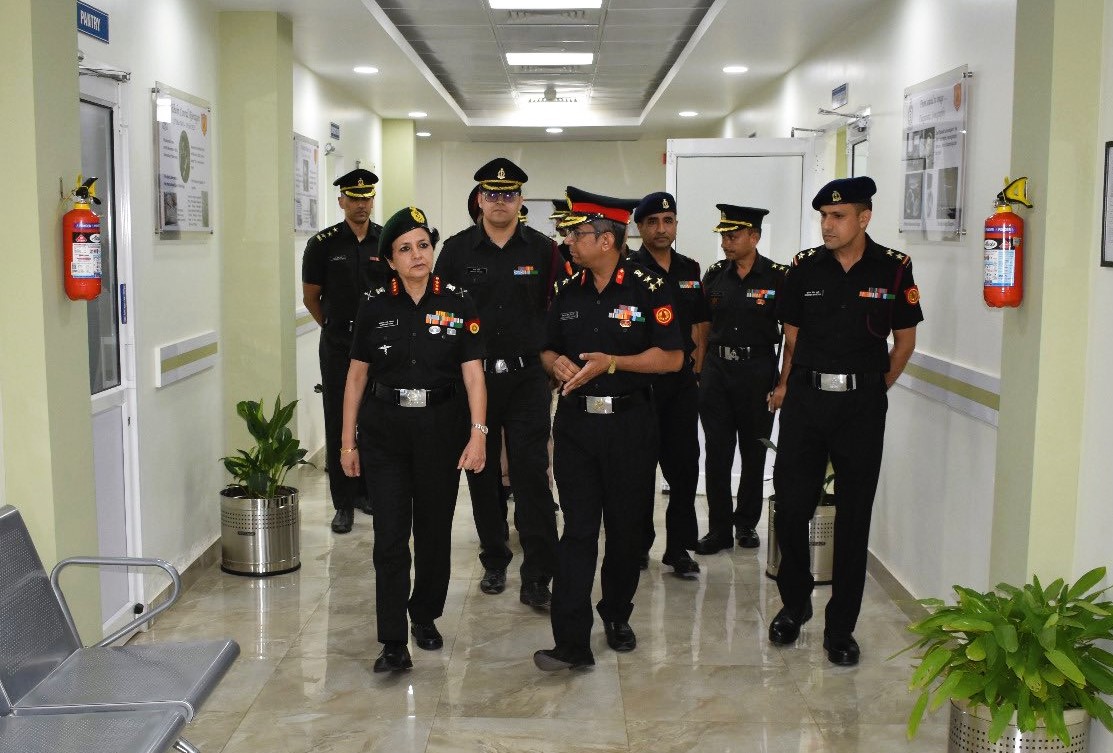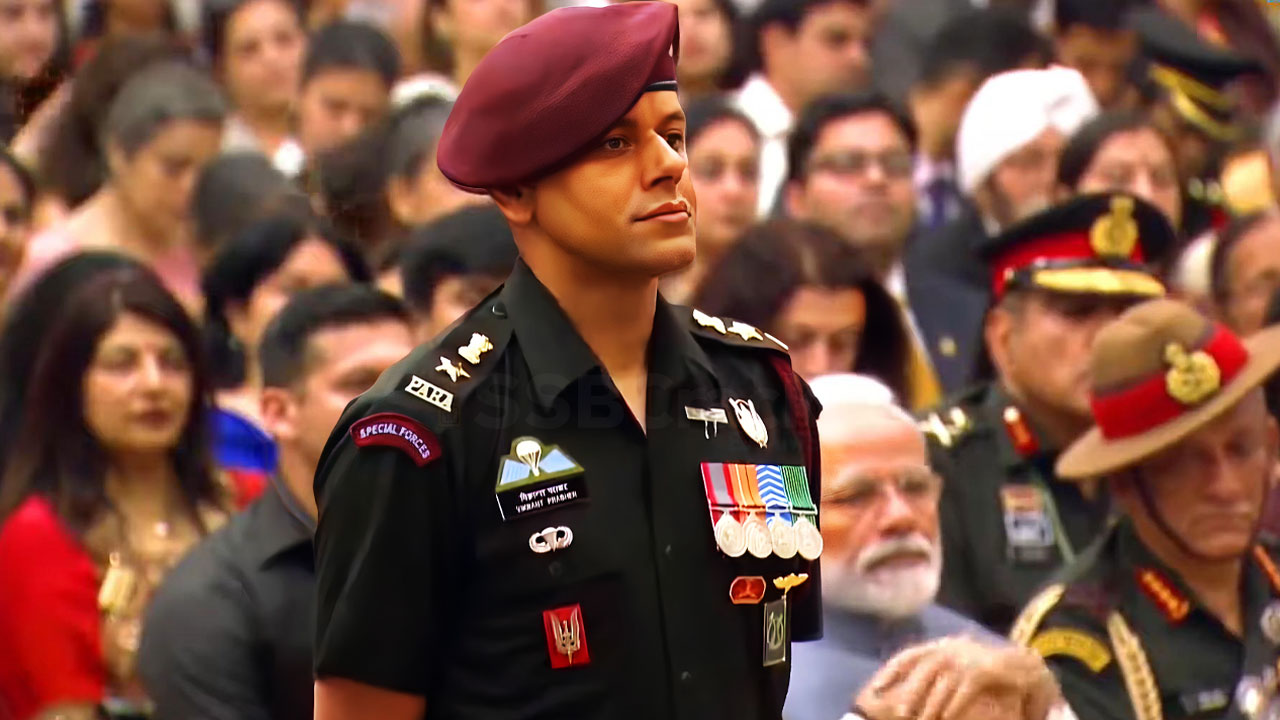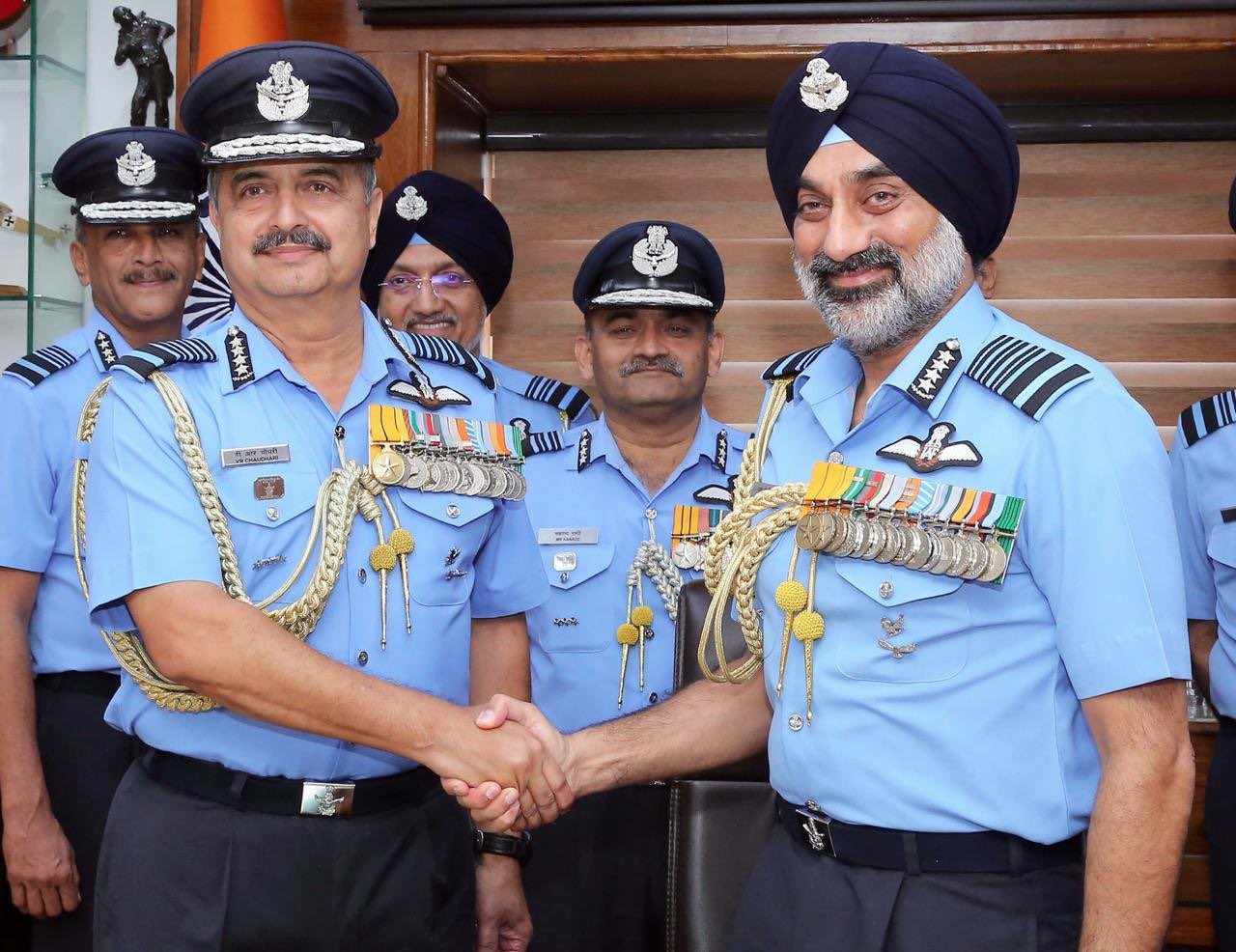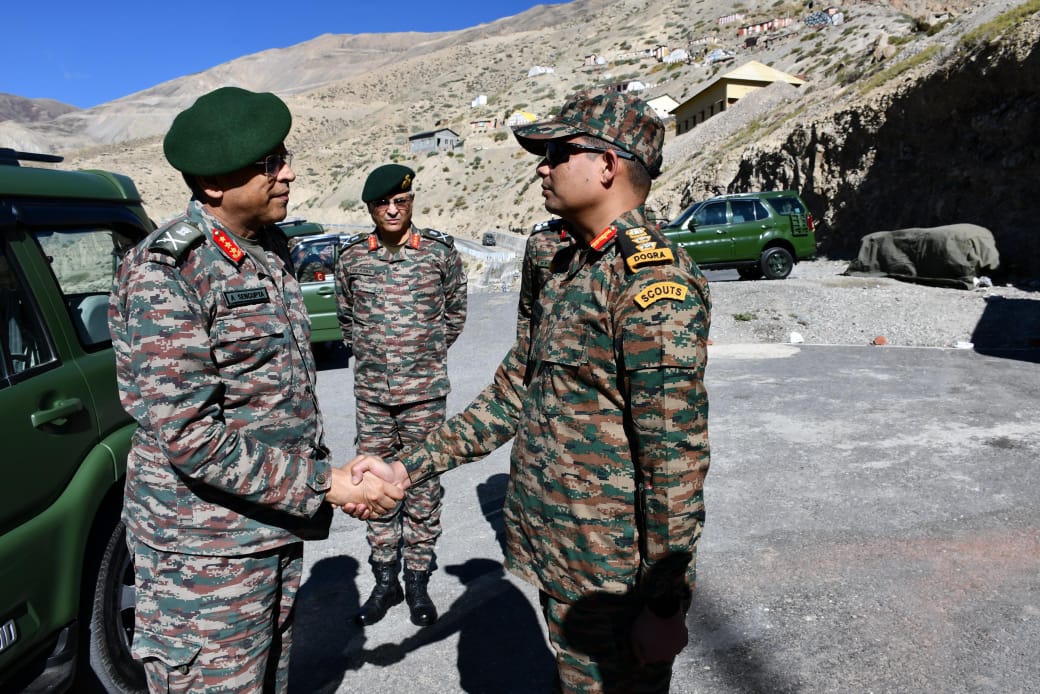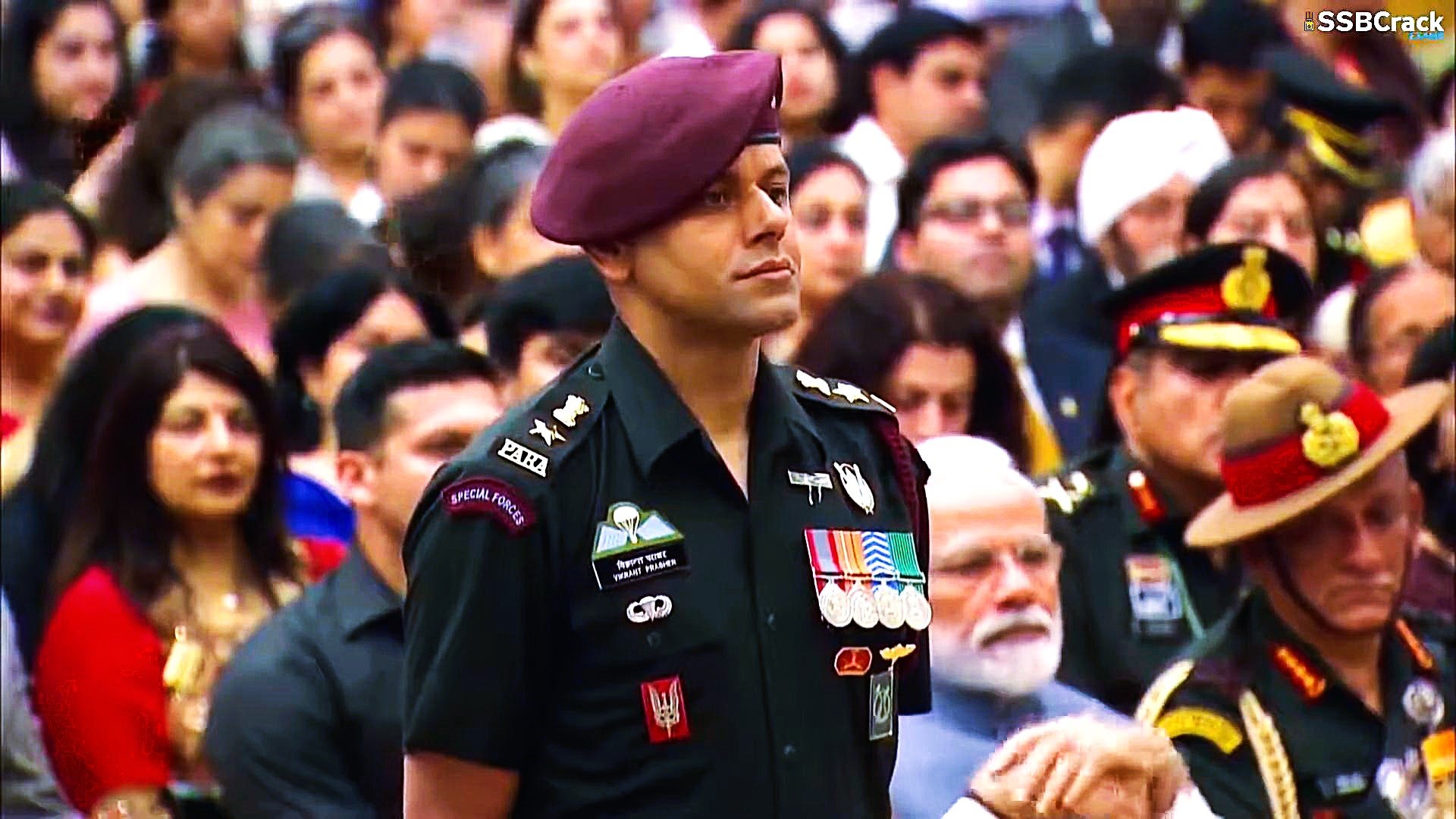Lt Gen Dhiraj Seth Inaugurates Advanced Biplane Cardiac Catheterization Lab at Army Institute of Cardio Thoracic Sciences, Pune
In a significant development for military healthcare, Lt Gen Dhiraj Seth, AVSM, Army Commander of Southern Command, inaugurated a state-of-the-art…
Lt Gen Sadhna Saxena Nair Inaugurates State-of-the-Art CT Scan Centre at Military Hospital, Roorkee
In a significant step toward enhancing medical infrastructure within the armed forces, Lt Gen Sadhna Saxena Nair, Director General of…
Colonel Vikrant Prasher Appointment put on Hold by Election Commission
In a recent development, the Election Commission of India has put a halt to the appointment of Colonel Vikrant Prasher…
Air Chief Marshal AP Singh Appointed as New Chief of Indian Air Force
In a significant leadership transition, Air Chief Marshal Amar Preet Singh has assumed the position of Chief of the Air…
Lt Gen Anindya Sengupta Reviews Security at Northern Borders
Lt Gen Anindya Sengupta, General Officer Commanding-in-Chief of Surya Command, recently conducted a comprehensive review of the security and operational…
Colonel Vikrant Prasher Appointed as SSP (Training) and Special Operations, J&K Police
In a significant move aimed at bolstering the security apparatus in Jammu and Kashmir, Colonel Vikrant Prasher, Shaurya Chakra of…

